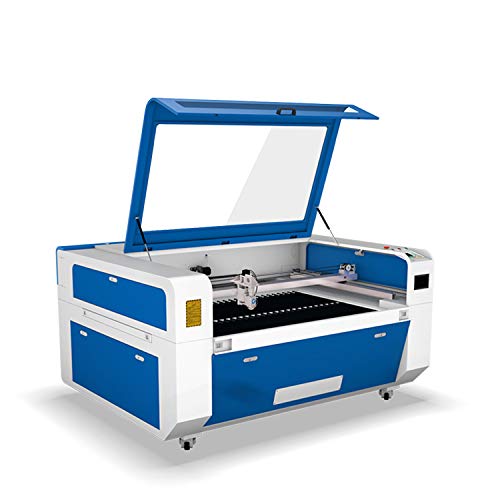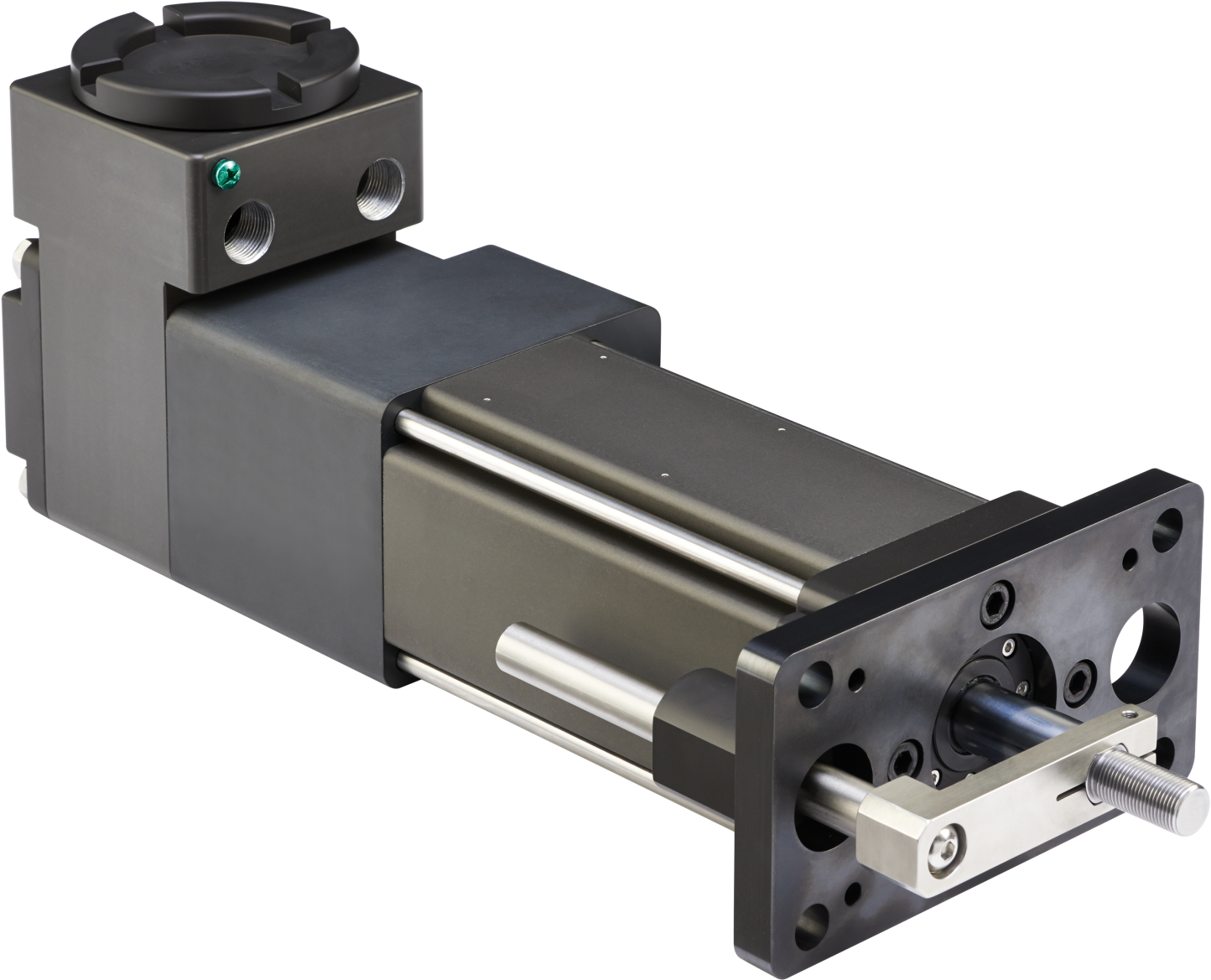A laser cutting machine emits a high powered laser beam to either cleanly cut or etch a design on materials such as steel, plastic or wood.
It is used in a variety of industries for precision cutting and design projects. The laser beam either burns, vaporizes or melts through the material, leaving a superior finished product.
Optical system
The optical system of a laser cutting machine includes several components. It includes a laser generator, optics, and a laser beam delivery fiber.
A fiber laser cutter has a collimator, which shapes the laser beam that is delivered from the laser source. The laser beam is usually a circularly polarized beam.
This system is preferred for cutting straight-sided profiles because it eliminates the need to cut a kerf into the work piece. In addition, it cuts thick materials like carbon steel and titanium steel with minimal heat exposure to the cut edges.
Another popular method of cutting metal is using a reactive gas, such as oxygen. This process uses a chemical reaction to produce more heat from the laser beam.
The reactive gas also helps to melt the metal, which is why it can be used for cutting carbon steel and other heavy-duty materials. However, this process can create molten metal oxides along the cut edges, which can cause the material to burn.
Assist gasses
Laser cutting machines use a high-powered laser beam to melt the material that needs to be cut, improving edge quality and speeding up the process. An assist gas is then used to blow away molten material from the cutting bed, ensuring accurate results and high-quality edges.
Oxygen and nitrogen are the most common assist gasses, though compressed air and argon can also be used. They all offer different benefits and are suited to different applications, so it is important to choose the right option for your specific cutting application.
The help gas must be able to interact with the melt flow in a way that maximizes its impact on the cut surface. This can be achieved by selecting the correct nozzle, stand-off, and supplying pressure. The resulting parameters can affect the resulting cutting quality, edge speed, and cost of the final part.
Laser beam
Laser cutting is a specialized process that uses a laser beam, an artificial source of monochromatic (only one wavelength), directional, and highly concentrated light. This is different from normal light, which can be a mixture of many wavelengths and frequencies, and can therefore vary in brightness, intensity, and color.
The laser beam is a single, very narrow, concentrated point of light that stays focused over large distances. It is this precision that allows the laser to stay sharp and to cut through solid, brittle materials such as wood or plastic.
How well the beam cuts through material is dependent on the power of the laser and its speed, as well as the properties of the material being cut. For example, a high power may cut through strong, thick materials but may not be able to move as fast as it needs to on thinner materials.
In addition, laser cutting can be very flammable and is generally not recommended for use with materials that are susceptible to fires. This is due to the very high temperatures that can be generated from the beam, as well as the fact that a large amount of heat can also be produced during the cutting process.
Cutting bed
A laser cutting machine uses a laser beam to cut or engrave materials. These machines are used to make everything from cardbaord prototypes to rastered artwork, and can be used with a variety of materials.
These machines need a cutting bed to hold the material in place as it cuts or engraves it. The laser cutting bed must be robust, fireproof and capable of supporting whatever piece of material is being cut.
In most cases, the cutting bed for a laser cutter is a metal honeycomb. They are often quite expensive, but can be surprisingly sturdy.
They are also easy to clean and remove for cleaning purposes. However, it is important to note that not all beds are equal.
For example, some machines have screw threads instead of solid supports. These screw threads can cause a wobble effect in the bed, so it is important to check the threads are secure and accurately squared off.



